Musk also hinted that the much-delayed EV will get a SpaceX package with rockets by reposting that bold claim on social media. It costs $50,000 to reserve a Roadster, with full price undisclosed.
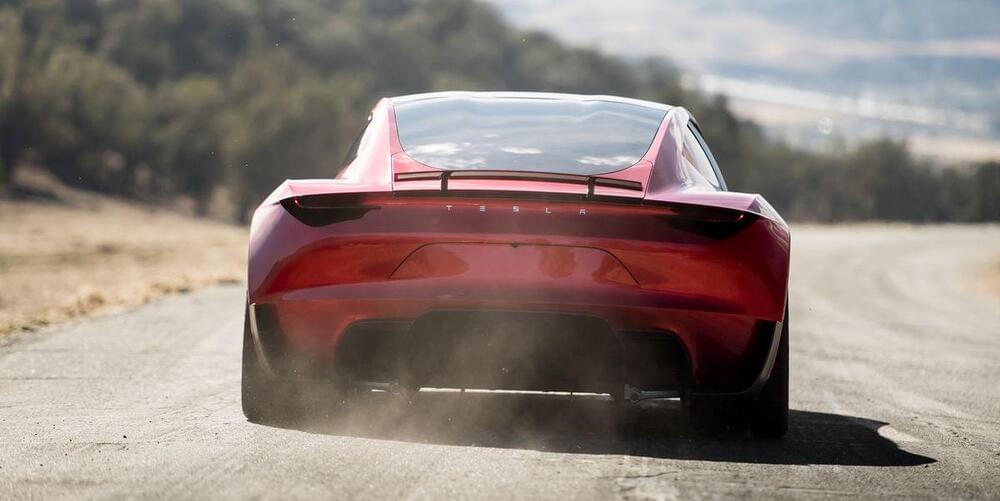

NASA is using an AI-powered technique called “generative design” to dramatically speed up the process of designing hardware for upcoming missions — and one of the first AI-designed missions will use a massive balloon to lift a telescope to the stratosphere.
The need: Weight is one of the most important considerations when NASA engineers are designing parts for new spacecraft — the heavier the final object is, the more fuel will be needed to launch it, and the more expensive the mission will be.
However, engineers can’t sacrifice strength in the name of keeping weight down — if a part breaks once it’s in space, replacing or repairing it typically isn’t an option.
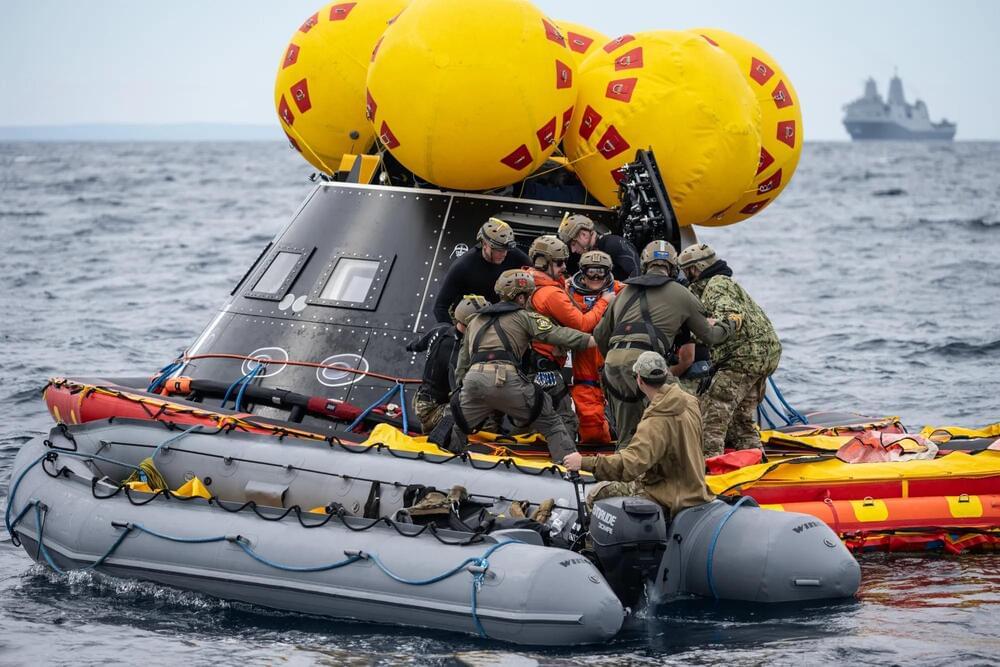
One of the most crucial steps—if not the most crucial step—in safely returning astronauts to the Earth from space is the recovery process. This can happen either on land or sea, but for NASA’s upcoming Artemis II mission, the Orion capsule will be conducting a splashdown like the Mercury, Gemini, Apollo, and currently SpaceX Dragon capsules. This is why the Artemis II crew recently participated in Underway Recovert Test 11 (URT-11) on Febraury 24, which was the 11th scheduled mockup recovery test using a mockup capsule designed to simulate the exact conditions they will endure after splashing down from their historic mission.
NASA Artemis II crew members and U.S. Navy personnel seen participating in Underway Recovery Test 11 (URT-11) in the Pacific Ocean on Feb. 25, 2024. (Credit: NASA/Kenny Allen)
“Our highly choreographed recovery operations will help ensure the final phase of NASA’s first crewed mission to the Moon in more than 50 years ends as a success,” Lili Villareal, who is NASA’s landing and recovery director, said in a statement.
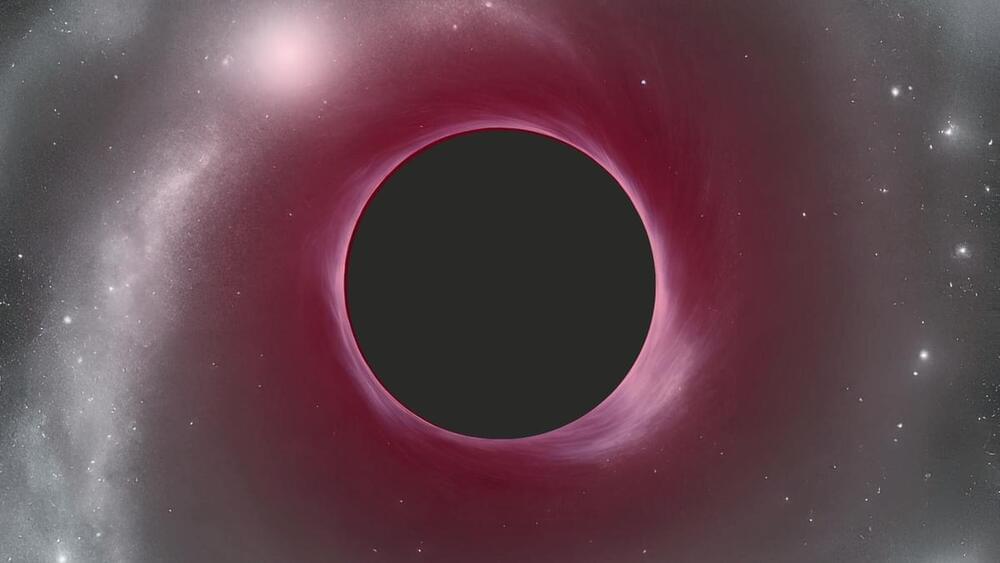
Using the James Webb Space Telescope (JWST), astronomers have discovered an “extremely red” supermassive black hole growing in the shadowy, early universe.
The red hue of the supermassive black hole, seen as it was around 700 million years after the Big Bang, is the result of the expanding universe. As the universe balloons outward in all directions, light traveling toward us gets “redshifted,” and the redshifted light in this case indicates a cloak of thick gas and dust shrouding the black hole.
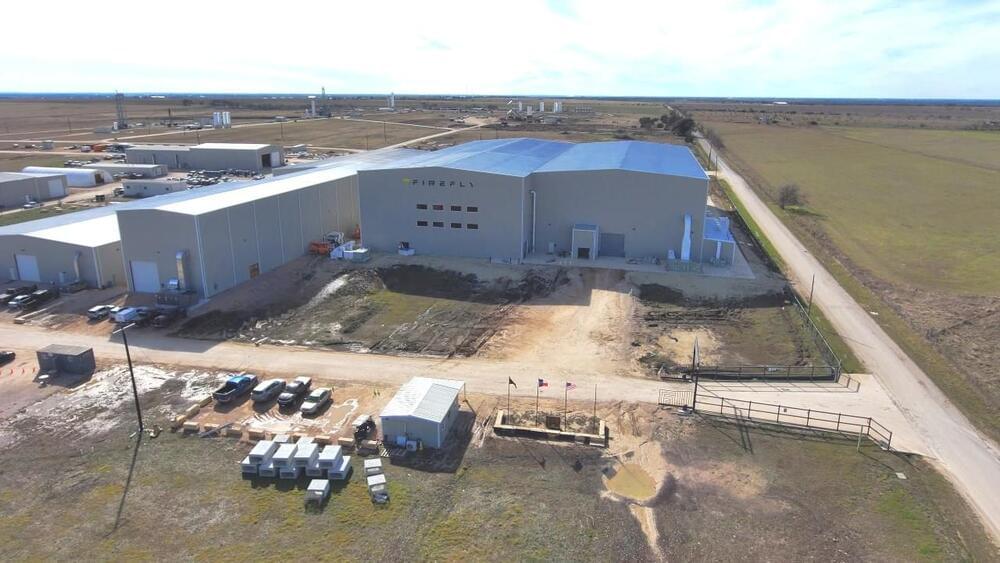
BRIGGS, Texas (KXAN) — More rockets will soon be built in the Austin area. Firefly Aerospace, an end-to-end space transportation company, think space truckers, is unveiling its newest Rocket Ranch facility Wednesday.
The expanded facility will allow the company to produce and assemble new rockets, as well as test engines with 230,000 pounds of thrust. A new 100-foot test stand is part of the facility.
In addition, the facility will give the company access to a new automated fiber placement machine, allowing them to build rocket components at a faster pace as well as a new robotic powermill. This device will allow the company to rotate rockets with an 18-foot diameter.
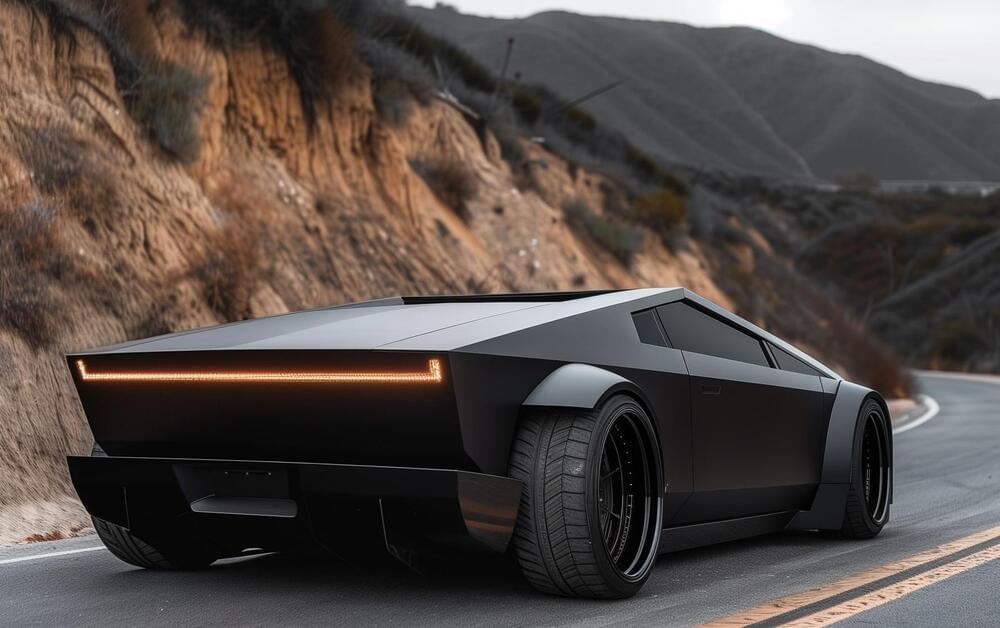
Tesla CEO Elon Musk recently shared a number of notable updates for the next-generation Roadster. Apart from stating that Tesla is aiming to unveil the upcoming all-electric supercar later this year, Musk also provided some interesting tidbits about the vehicle. Among these is the fact that the new Roadster would be the product of Musk’s two largest companies — Tesla and SpaceX.
The new Roadster has been pushed far back in the company’s list of projects for years. Initially unveiled in late 2017 during the Tesla Semi’s unveiling, the Roadster was announced with a target availability date of 2020. The year came and went, of course, and the next-generation Roadster has mostly been forgotten, especially with Tesla getting busy with the Cybertruck.
But with the Cybertruck now being produced and the company now working on its next-generation platform, it would appear that Tesla is finally ready to work on releasing the new Roadster. Over the years, Musk’s comments about the vehicle have become wilder, with the CEO noting that the supercar should be able to fly for short “hops” due to a dedicated SpaceX package that would incorporate rocket tech in the car.
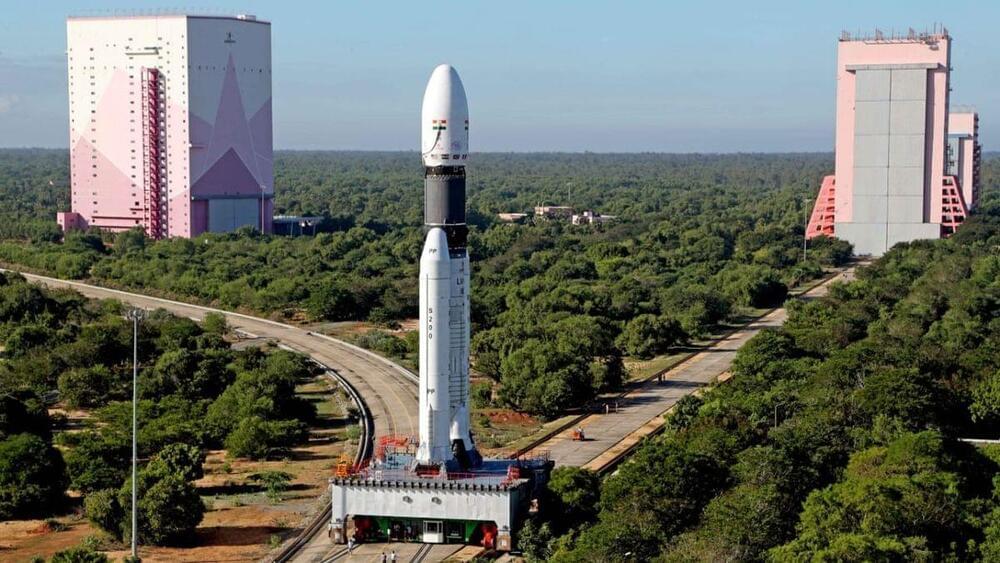
The U.S. Federal Aviation Administration (FAA) officially closed its investigation into SpaceX’s 2nd failed Starship flight in November 2023. Launched on November 18, this test flight sadly ended in disaster as the giant rocket exploded shortly after takeoff.
However, the closure of the FAA investigation does not mean that SpaceX has a go-ahead for its planned third test flight later this year. Launched from SpaceX’s Starbase in South Texas, both of Starship’s rocket stages failed at around 3.5 and 8 minutes after launch.
The slide system differs notably from the slide wire basket system used over at Launch Complex 39A at NASA’s Kennedy Space Center. NASA officials said pad 40 will be ready for astronaut launches thi.

A privately built spacecraft on the moon has beamed back new photos from the lunar surface, showing the vehicle’s much-celebrated descent and the moments immediately after touchdown when it tipped over on its side.
The Odysseus lander, built by Houston-based Intuitive Machines, landed on the moon on Feb. 22, making history as the first commercial craft to reach the lunar surface and the first U.S. spacecraft on the moon in more than 50 years.
The following day, Intuitive Machines said Odysseus had pitched over when it touched down near a crater called Malapert A, close to the moon’s south pole. Company officials said the 14-foot-tall lander was operational but that some of the spacecraft’s antennas were pointing at the ground, limiting its ability to communicate with flight controllers back on Earth.